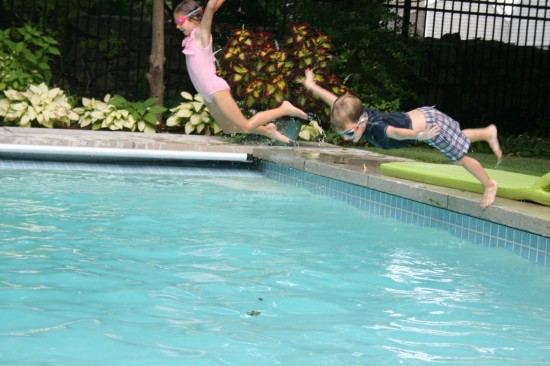
I read Katrina’s beautiful words about the unclear, uncertain path that is writing last night and my tears fell freely. Not eyes welling up with tears. No, these were tears rolling down my faces, unabashed. Full-fledged crying. I wiped my face with the sleeves of my tee shirt but I couldn’t keep up. Tears fell onto the pages of my friend Tracy’s essay, which I was reading for my writing group.
When I pulled myself together enough to look back down at Tracy’s work the page was speckled with the splotches of darkness where my fat tears had fallen. A few words were blurred with the wetness.
I thought about how often tears blur things for me. They blur my vision when my eyes fill with tears for the unexpected, unanticipated reasons that each day – each hour – seems to offer up. They blur words on the page, either literally, as today, or as I read, when the writing of others, in blogs or books, moves me to tears. This happens daily too.
I cry every single day. And those tears cause a blurring at the edges, literally and figuratively, of my life. My world suddenly swims; all at once my view of the light on trees, or the black and white words of a sentence, or the expression on Whit’s face dissolves into a swirl of wet saltwater emotion.
Last year, the tears blurred the white lights on our Christmas tree into streaks of light in a dark room. This happened in a moment when I felt the presence of something far greater than myself. This is a moment I’ve come back to again and again in my head, a moment when I instinctively assumed the posture of prayer, when I felt “infinitely big and infinitesimally small at the same time.” What I don’t know is whether the blurring was a result or a cause of that fleeting, powerful feeling.
There are so many tears in my life. Just as I return to the sea for my metaphors and my meaning, I cry an ocean from my very own eyes. The ocean is inside of me as surely as it is outside. Maybe this internal ocean has something to teach me. Let me learn to sit with it and learn from what I see in the blur.

 (one of my favorite pictures, ever)
(one of my favorite pictures, ever)
